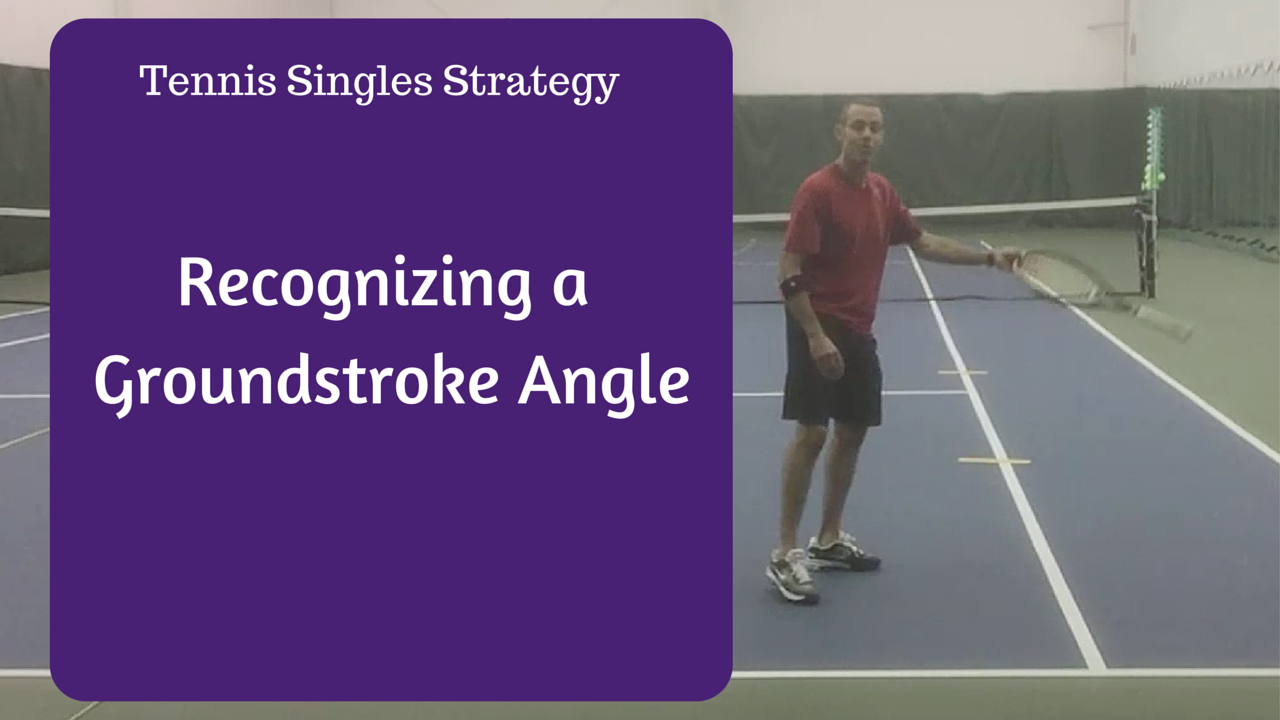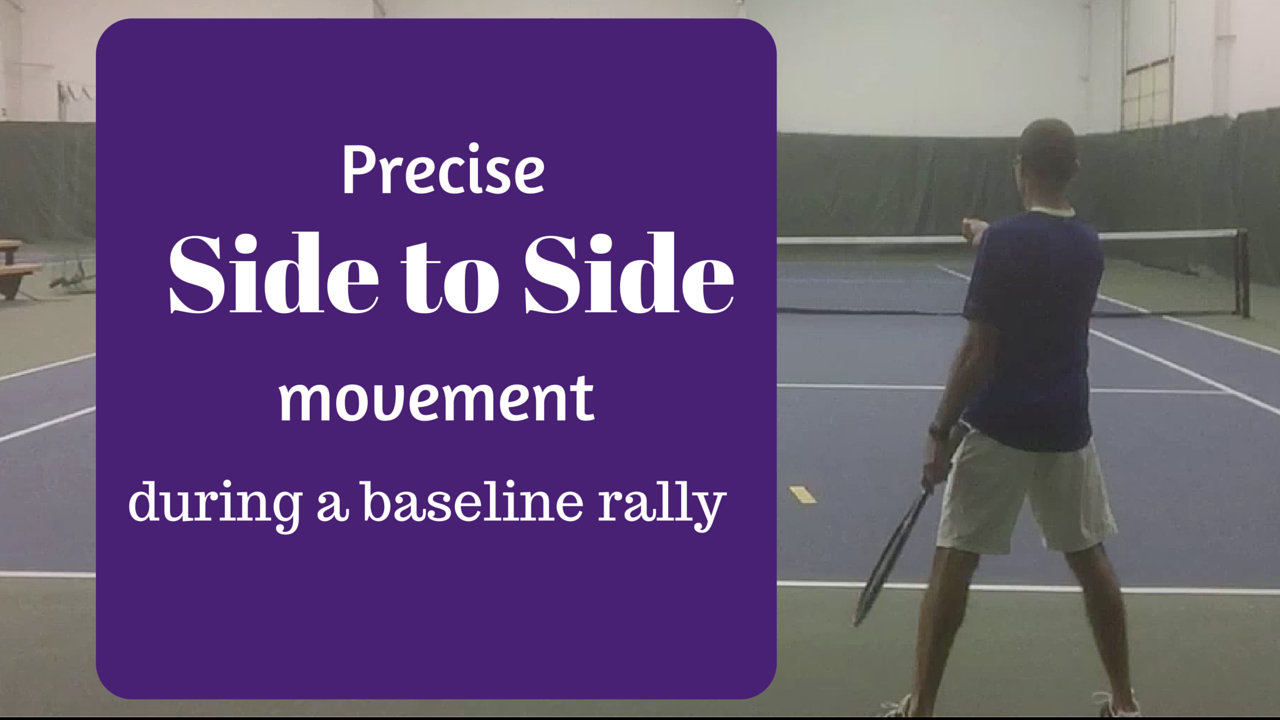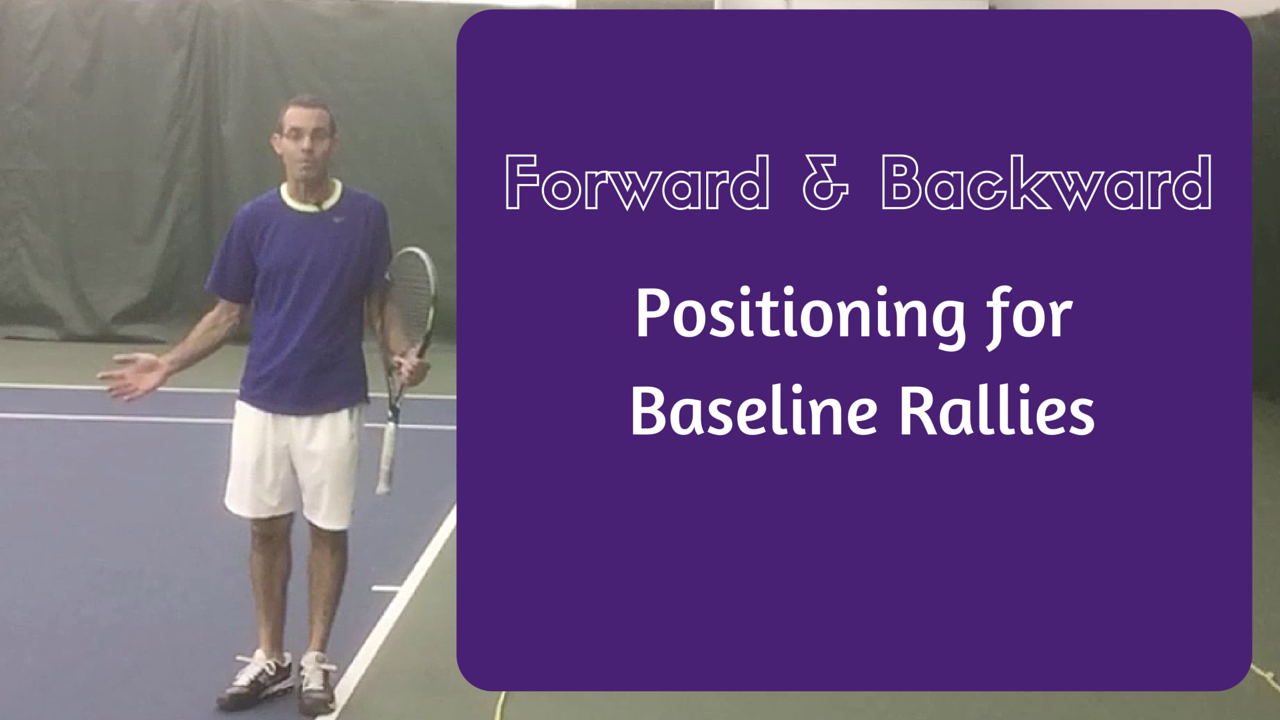Once you understand the basics of dividing the court horizontally and vertically as a foundation of strategy, the question is what do you do with that information.
Recognizing a groundstroke angle will give you one signal to transition from a neutral baseline rally into an offensive position.
1. Defining a Groundstroke Angle
The first step in being able to capitalize on a groundstroke angle is defining it.
A groundstroke angle is any ball that bounces once on the court and crosses over the singles sideline. If the ball bounces once and crosses over the baseline, it is not an angle and doesn’t necessarily present an offensive opportunity.
2. Recognizing a Groundstroke Angle
Now that we’ve defined a groundstroke angle, you’ll probably be able to recognize and, in time, perfect that shot through training.
It’s important to understand that even at a fairly high level of tennis, a groundstroke angle happens by accident as often as it happens intentionally.
Either way, if you train yourself to act on the opportunity you’ll have a distinct advantage over most opponents.
3. Acting
When you anticipate or see that a ball hit to your opponent crosses the singles sideline, it’s time to act.
Your opponent will have to move out of position in order to return the shot. The degree to which he is off balance after his shot, and out of position horizontally and vertically will determine how aggressively you move forward into an offensive groundstroke position.
If you want to improve your ability to execute an angle shot click the button below for access to a bonus video drill.








Leave A Comment